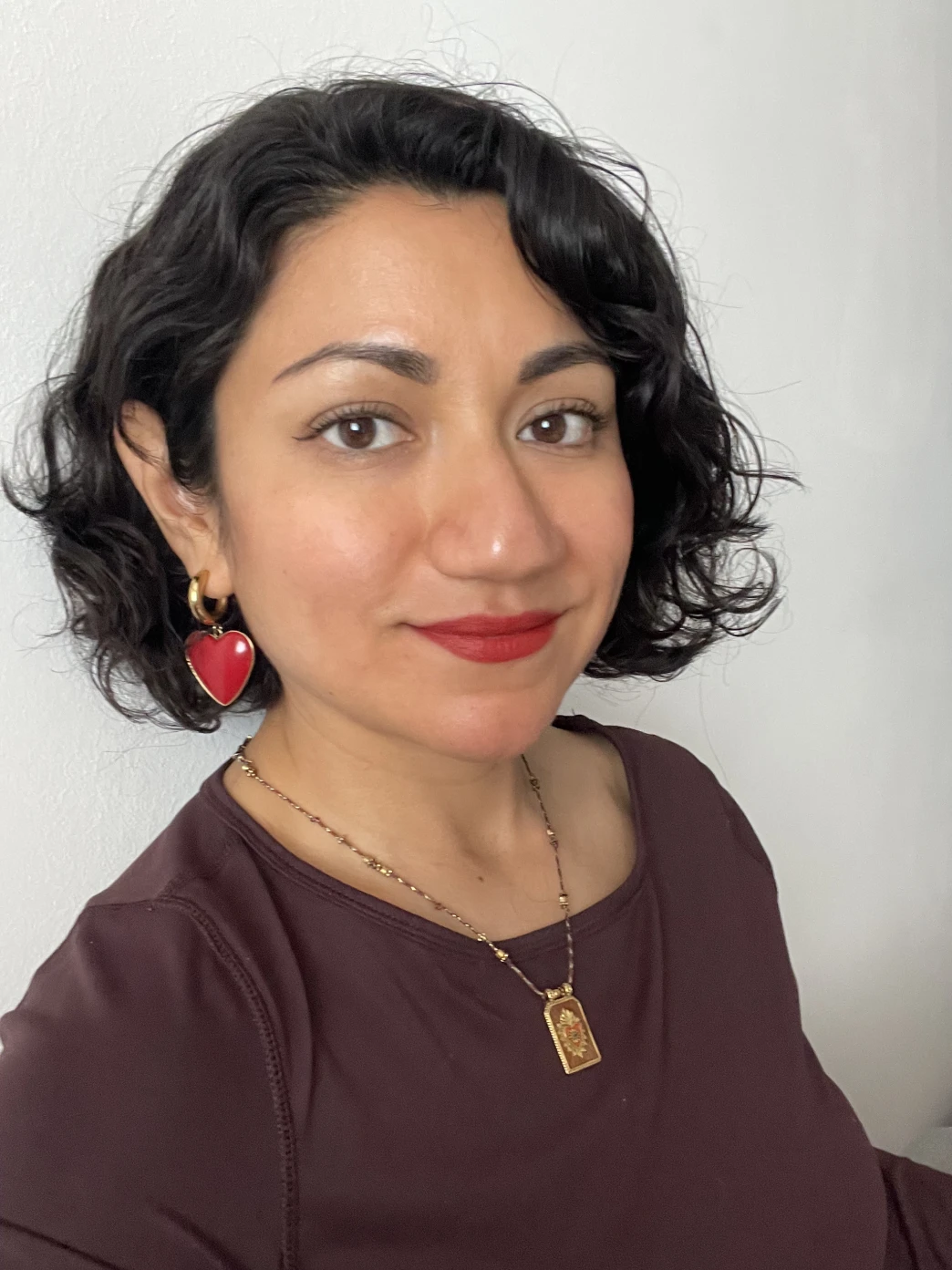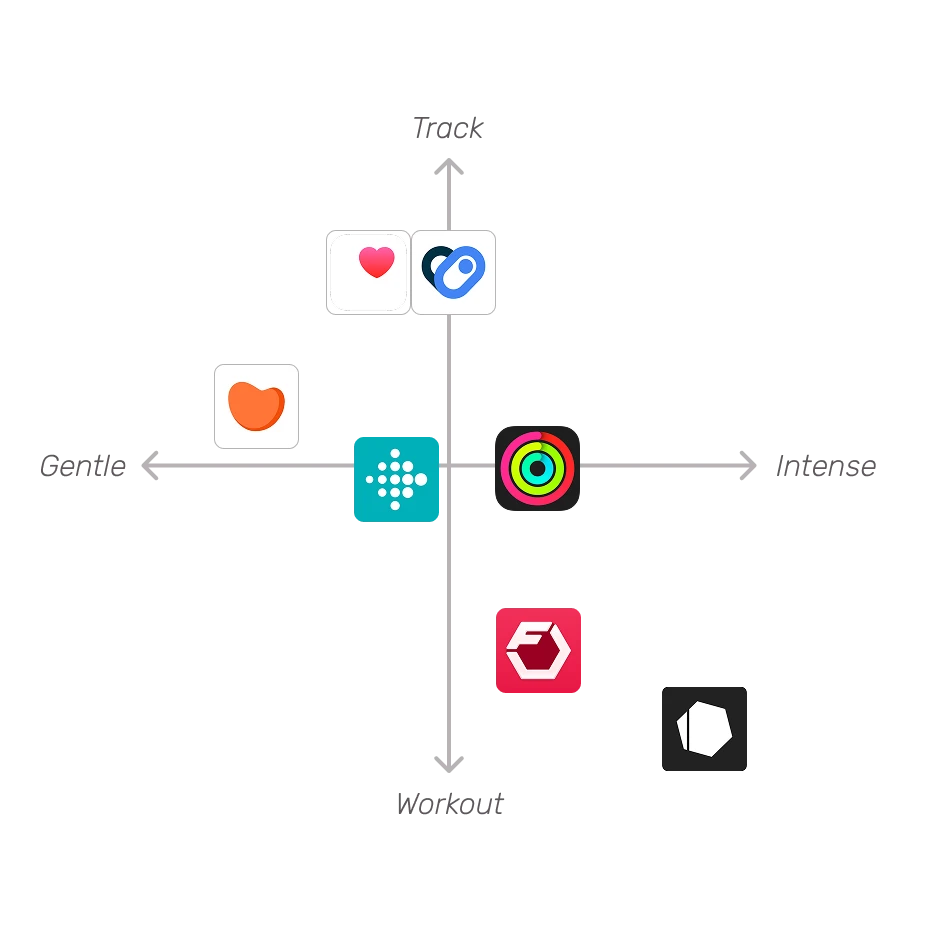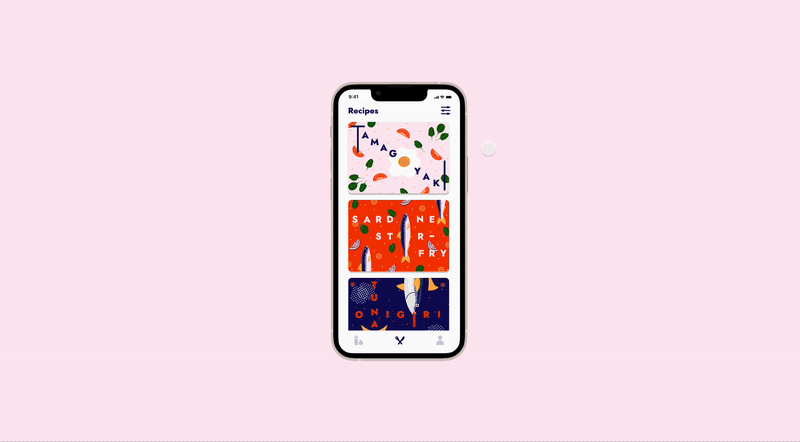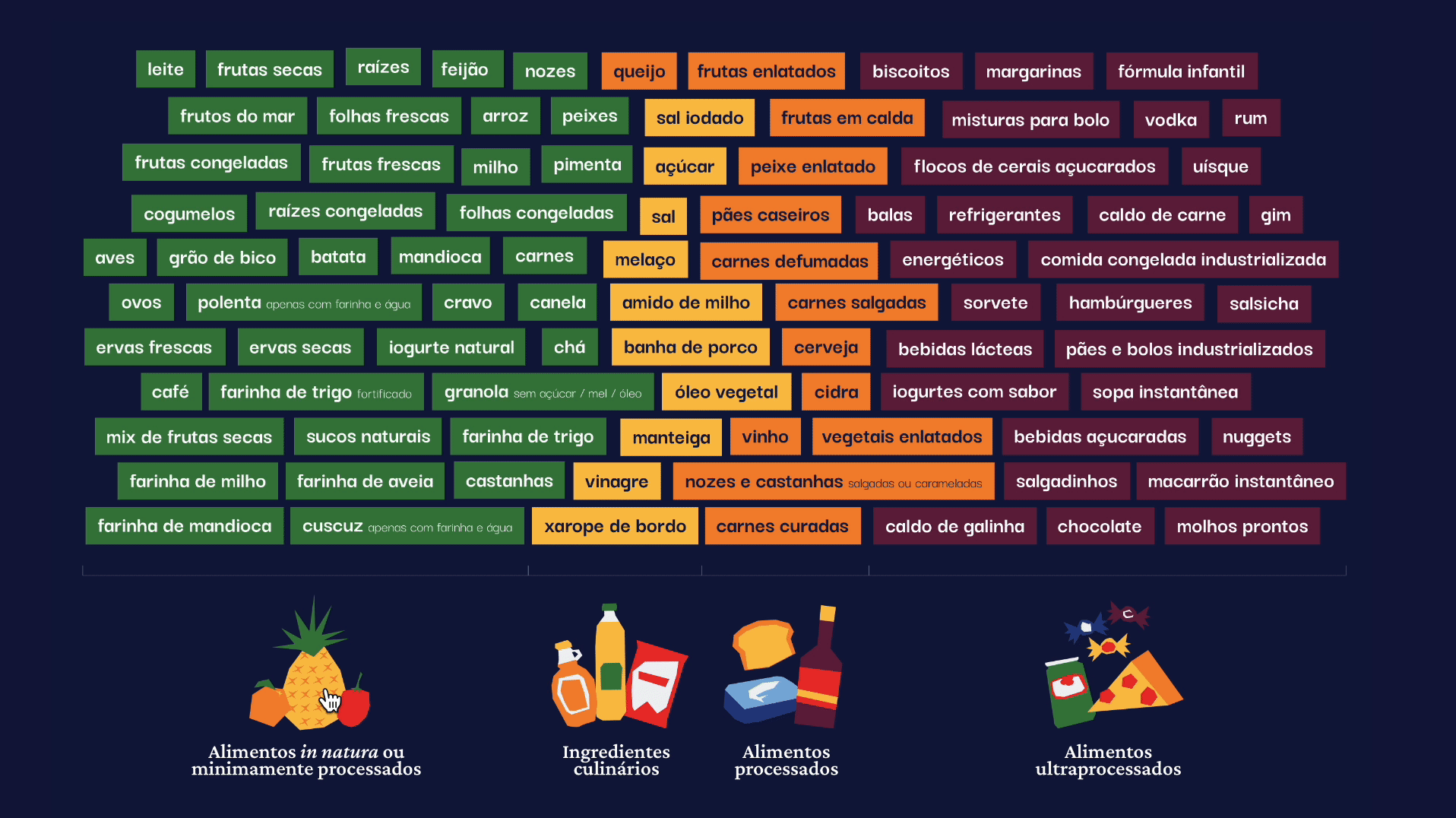Design Process
Design • Documentation • Advice
Jun 17
Is there a universal formula for design?
No, but here is mine.
What toys did you ask for as a kid? Me? I liked artist sets and ponies. Those Lisa Frank sets with unicorns? My dream.
I think I studied art because of that. An entire childhood drawing and sketching on my notebooks. Sorry mom.
I also have to admit I try to be very
organized and clean. I get overwhelmed by
chaos. Maybe this is a reaction coming from
Monterrey.
Drive once through the city at rush hour and
you’ll understand.
These two sides, art and order, are the
fundamentals of design to me.
I’ve been designing professionally for
more than 12 years at this point. Design
feels natural to me. Is there a single process I
always use when starting a project? If I’m very
honest, no—it’s a bit different when I paint
a mural versus when I come up with a
communication strategy .
But today I wanted to do a quick outline of
how I usually work, as it has really worked
out for me.

Hey! Let's talk about design and process today :)
1. Understand – Define – Research
What, Who, Why?
Before I start sketching or coming up with ideas, I
try to take a step back and
look at the big picture. What am I doing and
who is it for?
This is something I learned with time. I used to get
very excited in my early days and run to grab paper
and pencil. Now, with more experience, I realize
that it doesn’t matter if your first idea is great,
what matters is that you are
providing the right solution for the right
audience.
UX research tools come in very handy here:user personas, emotional maps, user interviews. Any input I have from the final user helps me start shaping all my decisions with them in mind.
The last part here is: if you can also explain why you are doing this project, you are golden. You want to be able to say to your team or clients what the business outcomes will be. Is it increasing app opens? Promoting the client’s new site? Reaching a new target audience?
All my design decisions will keep this in mind.
Scope
The next thing I need is to define what constraints I have to keep in mind. Even in a perfect world I know I won’t have endless time and money to work on a project. Most likely it will be: what is the most you can deliver in the least amount of time? But also, it should be high quality and not too expensive. What a wonderful equation.
Defining a clear scope will prevent you from going down any rabbit holes chasing ideas that are not feasible with the constraints you have. This is crucial if you are working with a team that will implement your ideas, talk to them to make sure you’re not creating a design that will take 3 years to code properly.
Make your list of essentials and nice-to-haves. Discuss and compromise. Remember that your decisions are not in favor of you or your client, they need to be made for the final user.
External + Internal
Regardless of how unique I think my design is, I know I'm not reinventing the wheel. What have other designers done in the past? How have similar projects solved this problem?
I also like discussing with my team or clients what
solutions we’ve tried in the past or what other
projects can be a good source of inspiration.
It’s important to do research. You can even learn
from solutions you don’t like.
Inspiration is everywhere.

Here is an example of my research process from Rest days
Proposal – Design – Prototype
Solutions
Now that I have clearly defined what I need to do, it's finally time to sketch. I let my imagination run wild for a bit, encourage outside-the-box thinking, pretending there is only a blue sky forecast for the future.
Then, when the creativity is appeased, we can start
looking at what ideas are actually
weather-proof.
I have to be very critical. Would this work under
our current constraints or should we mark it down
for v2? Once my best ideas survive, I take them to
the team for feedback. After a bit of back and forth
and discussion, we all make sure that the solution
we are proposing is bulletproof before
starting to work.
Design
With the rough sketches as a guide, I can start
refining things, grabbing pens and colors, so to
say. Here is where the design starts
taking shape. I try to think about it as
assembling a puzzle. I want the parts to be
modular. If down the line we need to make
changes, it shouldn’t destroy the whole thing.
This also helps with implementation. If you
break things into bite-sized mini projects,
it’s easier for everyone on the team to know what
steps to prioritize and what to grab next.
Prototype
If an image is worth 1000 words, then is a prototype worth even more? In product design, yes. Having a good model of how things should work is going to make explaining it very easy. People stop being passive observers and can actually interact with your design, making it easier to understand your ideas.
A good prototype doesn’t have to be perfect. It
doesn’t need to mimic all the app’s gestures, just
the new ones you’ve designed. And if you have extra
time, perhaps you can try to anticipate
what other buttons the user would want to click.
But don’t worry, you will soon find out what buttons
were essential all along during the next step:
testing.

Prototype for Recipe cards
Testing – Iterations – Handover
Talking to users
When I have something ready, it's time to show it to external people outside the project. Depending on the budget and resources, we can do external testing through different online tools, unmoderated testing, surveys, interviews—you name it. Watching people interact with what I created is very enriching. This lets me see if the plane would fly in the real world and what final adjustments we can make if needed.
Now if we have neither time nor money, it's time to get creative. Anyone external to the project can help. Friends and family who haven’t seen the process or don’t know about the project. If someone who has no idea about the topic you’re designing for can still get something out of it, you’ve done something well.
This isn’t the most recommended methodology, but even showing your work to someone with a different cultural background can help you point out blind spots.
Edits
I’ve been making small edits all along the project, but if during testing we need to do some major revisions, here is where my planning comes in handy. Do we need to switch an entire section because users find it confusing? No problem, we only need to work on that part and it shouldn’t affect the others.
Has it happened that sometimes I’ve had to do redesigns in later stages? Earlier in my career, yes. Nowadays, following the process avoids this—making sure we have a clear brief we all agree on and asking for constant feedback from the team prevents this.
In any case, mistakes can happen and the best thing to do is to find compromise. Yes, we can make all those edits, but do you prefer to meet the deadline or for it to be perfect? Sometimes it’s better to make the bigger changes after we meet the initial release date. We’ll figure out a way to spin it to our advantage when we tell users. Cool new update coming soon. Life is what you make of it.
Final files
Once everything is done, I make sure I prepare all the final details. Name all the files correctly, add the documentation that is needed. I like to prepare a reference sheet in case I catch a cold on the final day. At this point, I’ve done my part and the team can ask questions to my documentation.
I try to organize my things as I go, but if time is getting the best of me, it can still be done in this final step. The important thing is that we meet the deadline and the files are as perfect as can be.

Interactive section for the Obesity Epidemic project
And that’s it, that’s how it usually goes for me. Of course, if I’m working on a different project, some steps might overlap or repeat. If we need to make sure users are 200% happy with the final results, we might need to do more rounds of testing and iterations.
What works best for me is having a
framework I can refer to before starting to
sketch. I never stopped loving design and
organization, and if I’m fully
honest—ponies. I take my work seriously, but
also with a lot of joy. It’s fun for me to
find solutions.
I hope you also get to work on something that brings
you joy, and hey, if the project calls for
it, we can work together. I have
freelance hours open, send me a
little message if you want to
connect.
That’s Enough About Me!
What do you think? What should I focus on next?
What's your design process? Do you use any different methodologies?
Let me know—shoot me an email! 😊
📩
sifuentesanita@gmail.com